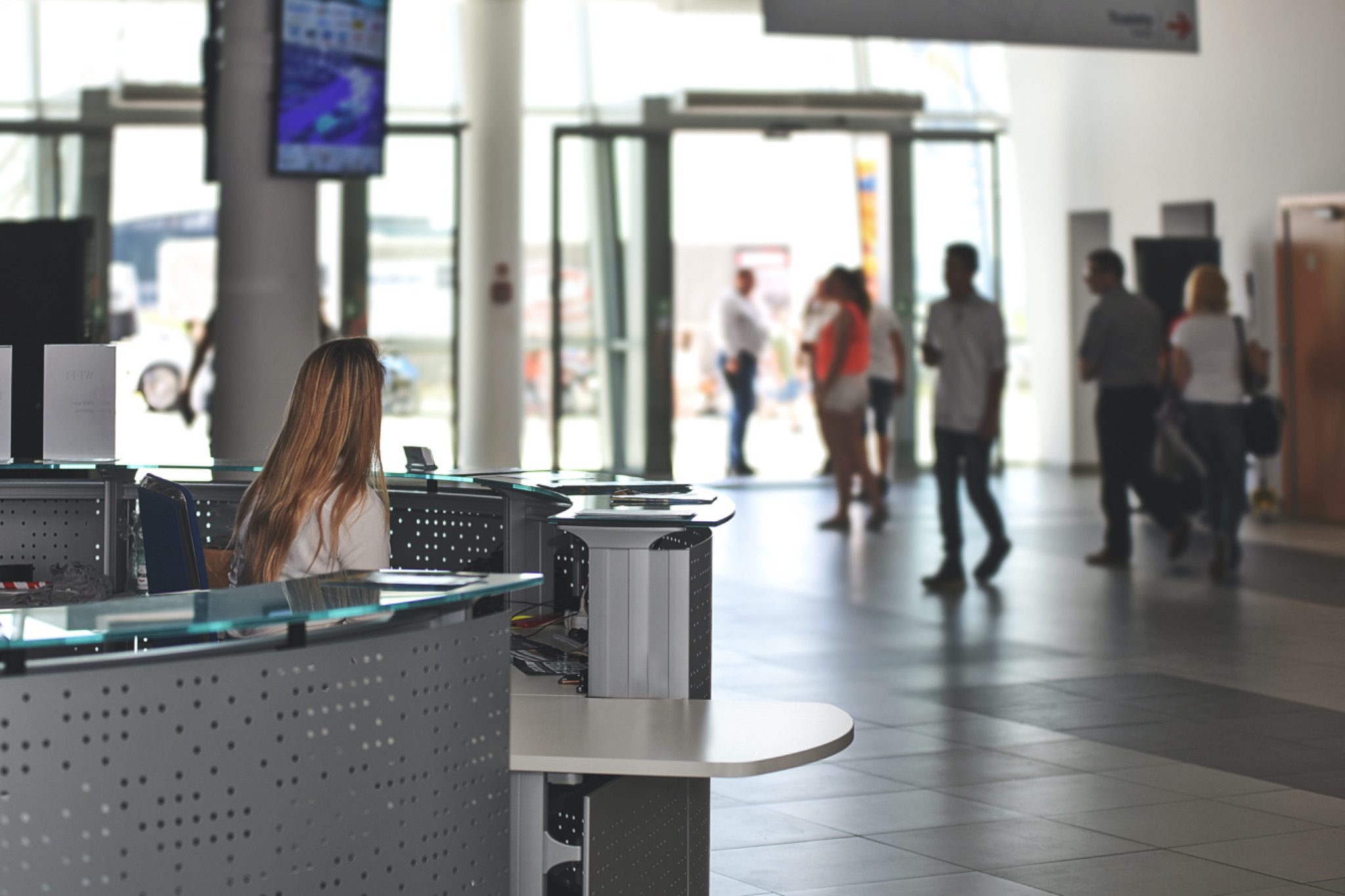5 Expert Tips to Make Money from Your Blog
As your website grows, you can use it to make money from your blog for a great additional revenue stream. Here are some expert tips to get you started on the path to monetization.
Hire a Quality Digital Marketing Agency
Almost every online business needs to do digital marketing now. Given the large number of other companies, blogs, or channels, it’s essential to push your business a little further to beat the competition. But the field itself is vast and complicated. Reach Digital is a reputable digital marketing agency that can help your business grow on the Internet. They can do this by using professional methods to make your business stand out against competitors. These include SEO, PPC, and social media campaigns, among other valuable and impactful techniques.
Use Google AdSense
If a lot of people visit your site, Google AdSense can bring in extra money. The good news is that once it is set up, nothing else needs to be done. Connect your website to Google AdSense, set up your site’s settings, and then sit back and let the money roll in. The algorithm slowly learns what your site is about. Next, it starts to show ads for products in your niche that are relevant to you. Then, you get paid when a user clicks on an automatic ad. Over time, the ads become more relevant to your users, resulting in a steady growth in ad revenue from clicks.
Make Money from Your Blog with Affiliate Links
Affiliate marketing is used a lot on the Internet. And almost all successful blogs now use it to make extra money. Each sale made through your unique ID link earns you a small commission. For example, if you have a great blog about photography, you could add affiliate links to stores where people can buy lenses. You shouldn’t have too many affiliate links on your website, or it will look unprofessional and hurt your SEO ranking. Instead, you should make content that fits well into your niche and incorporate links naturally throughout to avoid Google penalties.
Include a PayPal Donation Button
Asking for money on a blog is one of the oldest ways to make money from it. If your audience is dedicated enough, they are more likely to give you money. But you need a steady source of a lot of traffic to make good money from donations since only a small number of people will think about it. If you think you can make money from donations, put a PayPal button in a prominent place on your site, like the menu bar or the sidebar. Always set up a thank-you message for donations, and think about letting your best donors know in public.
Use Blogger Outreach Posts
As your blog gets more popular, SEO and link-building experts who work for clients might get in touch with you. They will ask you if you would be interested in publishing relevant posts with links bought by clients for backlinking purposes. This is called “blogger outreach,” and you will get a small fee for publishing certain posts. They do all the work for you and only have relevant internal and external links. Your SEO score is also helped by posts that are relevant, which most outreach distributors will offer since it also benefits their link clients.
Summary
It’s not easy to make money from your blog. But with some expert guidance from a digital marketing agency, you can thrive. You can also use affiliate links and accept outreach posts.




 Achieving entrepreneurial success relies on a variety of different factors all coming together to create the right sort of spirit and environment that allows positive energy to generate prosperity.
Achieving entrepreneurial success relies on a variety of different factors all coming together to create the right sort of spirit and environment that allows positive energy to generate prosperity.
